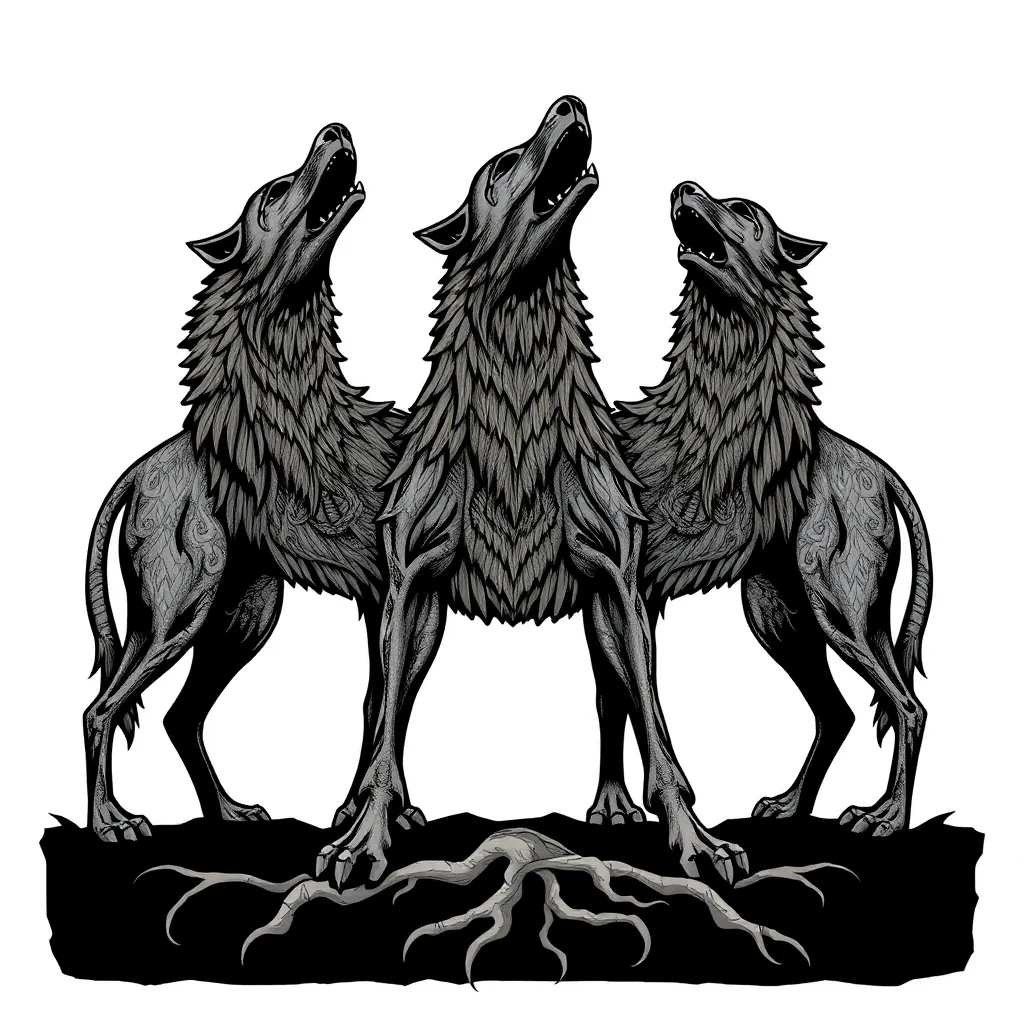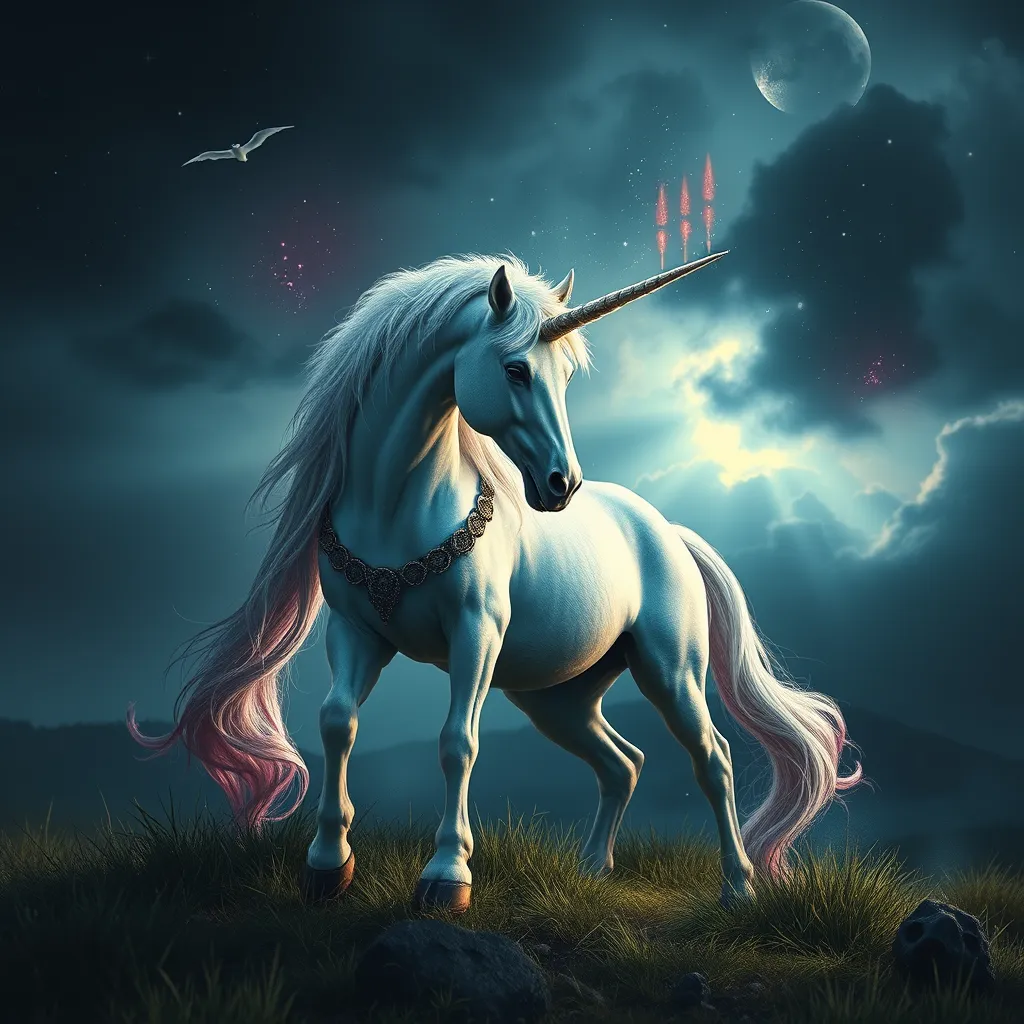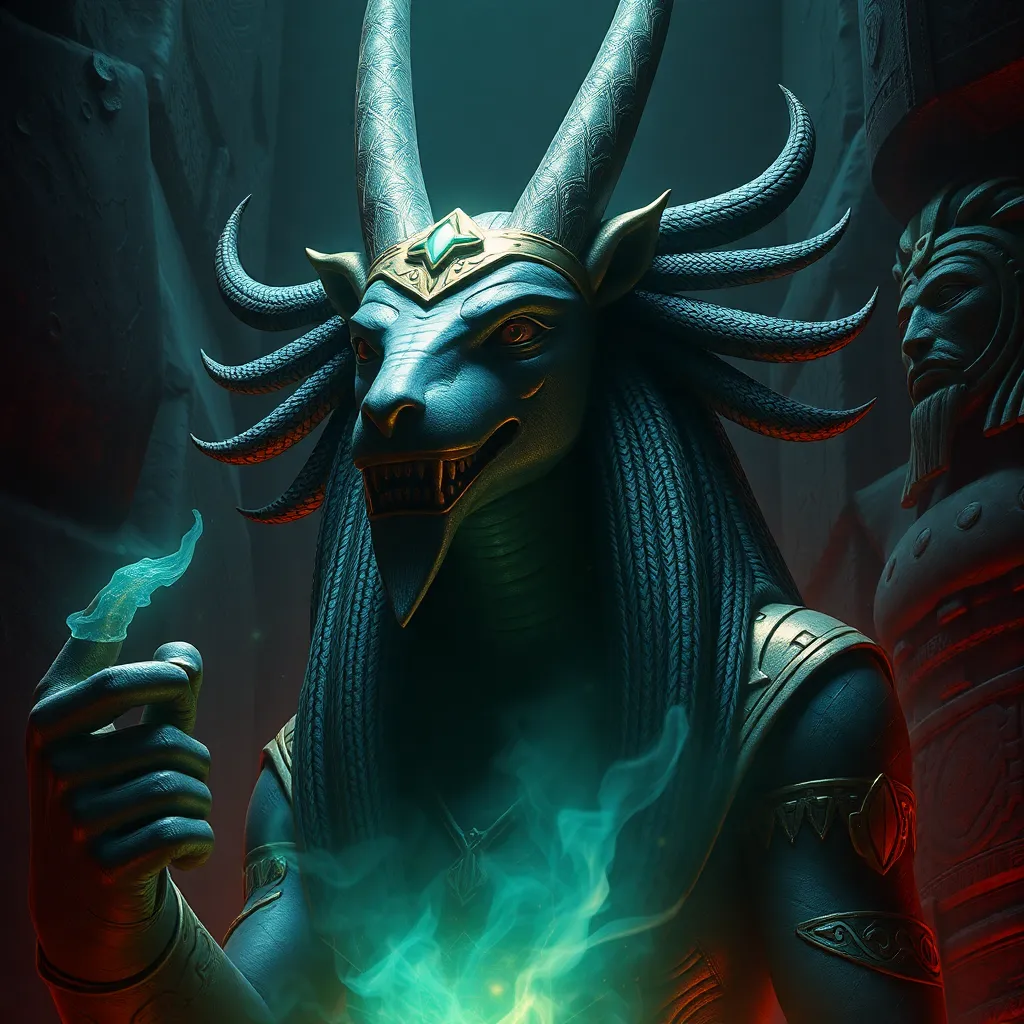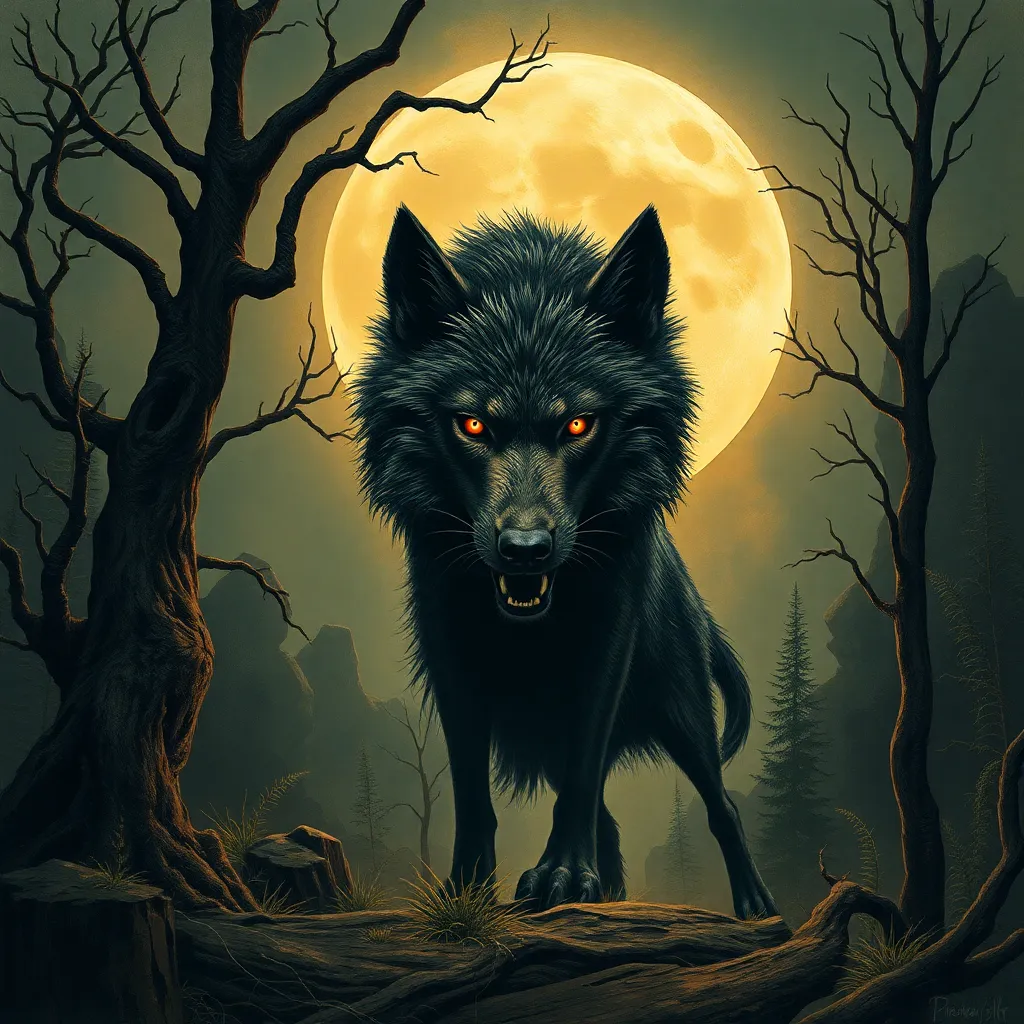The Three-Headed Hound in Celtic Mythology: Uncovering the Roots of Cerberus’s Ancestry
I. Introduction
The world of mythology is rich with fascinating creatures, and among them, three-headed hounds hold a particularly prominent place. These mythical beings often symbolize guardianship, protection, and the threshold between worlds. One of the most famous three-headed hounds is Cerberus, the dog of Hades in Greek mythology. However, the roots of such creatures stretch far beyond Greece, notably into Celtic mythology, where similar figures abound.
This article aims to explore the connection between Celtic mythology and the archetype of the three-headed hound, focusing on its origins and influences. By delving into the characteristics, stories, and historical contexts of these creatures, we will uncover the rich tapestry of mythological traditions that have shaped our understanding of guardian animals.
II. The Mythological Landscape of Celtic Culture
Celtic mythology is a vast and intricate system of beliefs that encompasses a wide range of deities, heroes, and mythical creatures. Central themes in Celtic mythology include the interplay between life and death, the significance of nature, and the existence of an Otherworld—a realm inhabited by supernatural beings.
Key figures in Celtic lore include:
- The Dagda: A father figure and protector of the tribe.
- Brigid: Goddess of poetry, healing, and fertility.
- Cu Chulainn: A legendary hero known for his martial prowess.
Within this mythological landscape, guardian animals play a crucial role. They are often depicted as protectors of sacred spaces, guiding heroes, and serving as intermediaries between the human and divine realms.
III. The Three-Headed Hound: Characteristics and Symbolism
In Celtic mythology, the three-headed hound is often portrayed as a fierce and formidable creature, embodying the duality of protection and danger. Its multi-headed nature symbolizes vigilance and the ability to see in multiple directions, making it an effective guardian.
The symbolic meanings associated with multi-headed creatures include:
- Watchfulness: The ability to perceive threats from all angles.
- Strength: The combined power of multiple heads, representing resilience.
- Transition: Serving as a guide or barrier between the living world and the Otherworld.
When comparing the three-headed hound in Celtic mythology to other mythical creatures, such as the Greek Cerberus or the Hindu mythological creature of the dog-headed god Bhairava, we find similarities in their roles as guardians, yet each culture imbues these creatures with unique characteristics and stories.
IV. The Role of the Hound in Celtic Folklore
Notable stories featuring three-headed hounds in Celtic mythology often highlight their protective nature. For example, in some tales, a three-headed hound guards the entrance to the Otherworld, ensuring that only the worthy may pass. These hounds serve as fierce protectors of sacred spaces and are often linked to significant events in the lives of heroes.
The hound’s role as a guardian and protector is exemplified in various tales, including:
- The Hound of Ulster: A legendary creature that aids heroes in battle.
- The Hound of Dullahan: A spectral hound that serves as a harbinger of death.
Furthermore, the relationship between hounds and the Otherworld is profound; they are often depicted as guides for souls transitioning to the afterlife, embodying the connection between the living and the dead.
V. Cerberus: The Greek Counterpart
Cerberus, the three-headed dog of Hades in Greek mythology, serves a similar function to the three-headed hounds of Celtic lore. Tasked with guarding the gates of the Underworld, Cerberus prevents the dead from leaving and the living from entering without permission.
While there are notable similarities between Cerberus and Celtic three-headed hounds, differences also emerge:
- Origin: Cerberus is strictly a Greek figure, whereas Celtic three-headed hounds have a broader cultural context.
- Symbolism: Cerberus often represents the inevitability of death, while Celtic hounds may symbolize protection and guidance.
The cultural exchange between Celtic and Greek mythologies highlights how themes of guardianship evolved and adapted through interactions between these ancient cultures.
VI. Historical Context: Celtic Influence on Greek Mythology
The interactions between ancient Celtic and Greek civilizations were complex and multifaceted. As these cultures encountered each other through trade, migration, and conquest, elements of Celtic mythology began to influence Greek tales.
Some key points of this historical context include:
- Trade Routes: The movement of goods and people facilitated the exchange of stories and beliefs.
- Shared Themes: Concepts of the Otherworld and guardianship appear in both traditions.
- Adaptation: As Celtic myths spread, they were adapted into local Greek contexts, altering their meanings and representations.
Through this cultural exchange, the three-headed hound motif evolved, reflecting the interconnectedness of ancient mythologies.
VII. Modern Interpretations and Representations
In contemporary culture, there has been a resurgence of interest in Celtic mythology, with the three-headed hound motif reappearing in various forms. Literature, film, and art often draw on these ancient narratives, reshaping them for modern audiences.
Some notable representations of three-headed hounds include:
- Literature: Fantasy novels often feature multi-headed creatures as symbols of power and mystery.
- Film: Movies such as “Harry Potter” and “Clash of the Titans” depict Cerberus-like creatures.
- Art: Modern artists explore themes of guardianship and the supernatural through representations of three-headed hounds.
These modern interpretations reflect the enduring legacy of the three-headed hound myth and its relevance in understanding our cultural roots.
VIII. Conclusion
In summary, the exploration of the three-headed hound in Celtic mythology reveals a rich tapestry of themes related to guardianship, protection, and the transition between worlds. Through the examination of key figures, stories, and historical contexts, we have uncovered the interconnectedness of mythologies and their influence on modern storytelling.
The legacy of the three-headed hound continues to inspire artists, writers, and storytellers today, underscoring the importance of these ancient myths in shaping our understanding of the human experience. As we reflect on these narratives, we recognize the timeless nature of myth and its ability to connect cultures across time and space.



